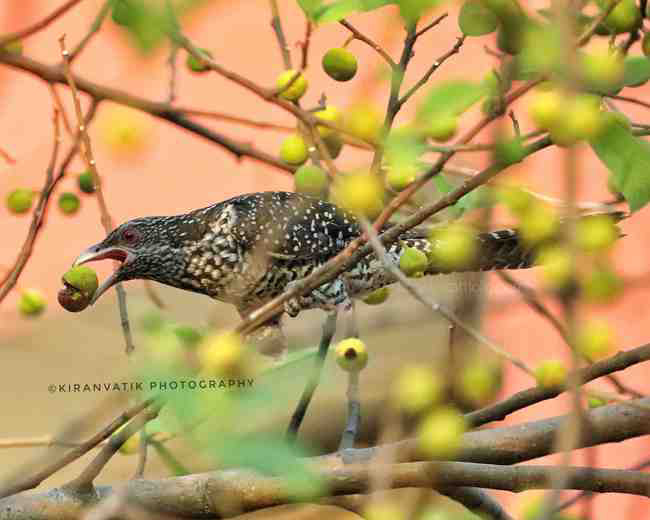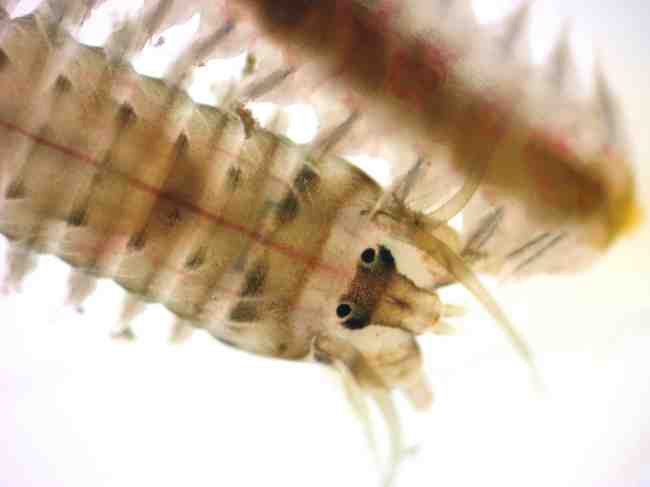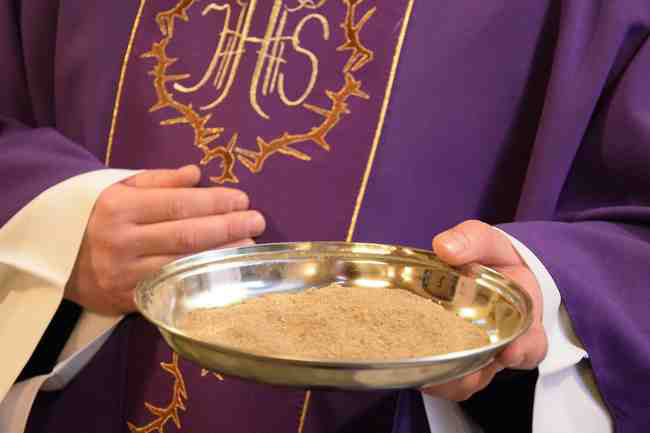Symbols of Christmas
The festival of Christmas has various symbols and icons associated with it. How did they originate and what do they mean? Let us look at what they really mean and their association with Christmas season and spirit.
Christmas crib
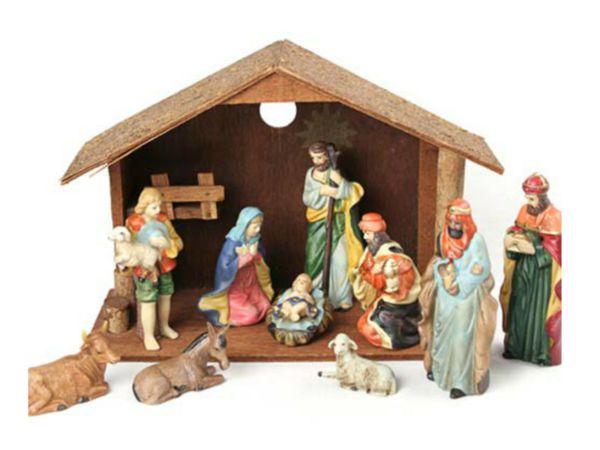
St Francis of Assisi in 1223 made the crib of today popular. He had received permission from Pope Honorius III to represent the nativity. At Greccio he constructed a crib and placed in it the figures of Mary, Joseph and Infant Jesus, an ox and an ass and the shepherds who first came to adorn the newborn child. St Francis acted as the deacon at the midnight mass.
Christmas stocking
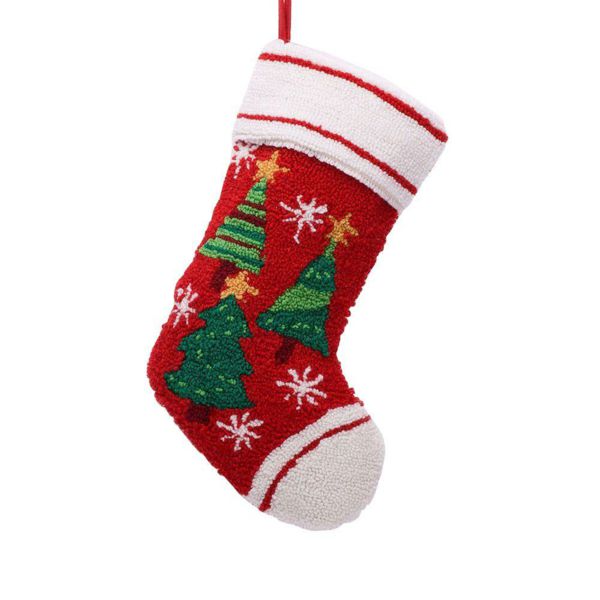
The custom of hanging a stocking on the hearth or bedpost on Christmas Eve in the hope that it will be filled with presents the next morning started about 400 years ago. It originated in Holland where children placed wooden shoes next to the hearth on December 5, the night traditionally associated with St Nicholas or Sinterklaas. The children would fill their shoes with straw (for the white horse that carried the gifts) and food for St Nicholas. Stockings, pillowcases or shop-bought Santa snacks were substituted for the shoes in Britain, Europe and North America. Later this became the Christmas Stocking.
Christmas tree

Germany is credited with starting the tradition of Christmas tree in the 16th century. It is usually an evergreen conifer such as fir, pine of spruce and where no such trees are available it can be artificial. The Germans brought decorated trees into their homes. Later this practice spread to other parts of Europe and eventually across the world. Over the years each country has evolved its own tradition. It was traditionally decorated with roses made of coloured paper, apples, wafers, tinsel and sweetmeats. Today is decorated with garlands, baubles, tinsel, candy canes and electric lights.
Christmas wreath
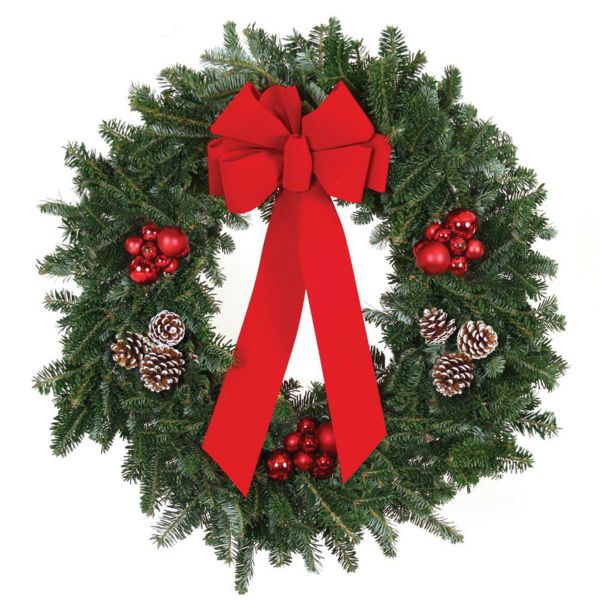
Christmas wreath or the Advent wreath combines two symbols of everlasting life – the evergreen bough, that stays green all winter and a continuous unbroken circular shape. Pre-Christian Germanic people used wreaths with lit candles during the cold and dark December days, as a sign of hope in the future warmth and extended sunlight days of spring. By the Middle Ages, the Christians adapted this tradition and used Advent wreaths as part of their spiritual preparation of Christmas. Four candles are placed on a wreath, one candle is lit each Sunday before Christmas in anticipation of Christ’s birth.
Mistletoe

European folklore claims mistletoe to be magical and sacred as it is considered to be a protection against poison and used to ward off evil spirits. It is widely known to go hand in hand with the act of kissing under the mistletoe, which was associated with the Greek festival of Saturnalia as part of primitive marriage rites.
Holly
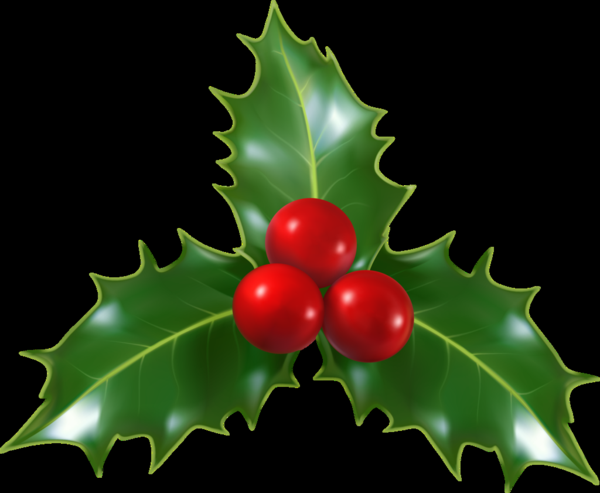
The prickly holly leaves represent the crown of thorns that Jesus wore when he was crucified. The berries represent the drops of blood that were shed by Jesus because of the thorns. A line in a Christmas carol says, “The Holly bears a prickle/As sharp as any thorn/And Mary bore sweet Jesus Christ/On Christmas Day in the morn”
Ivy
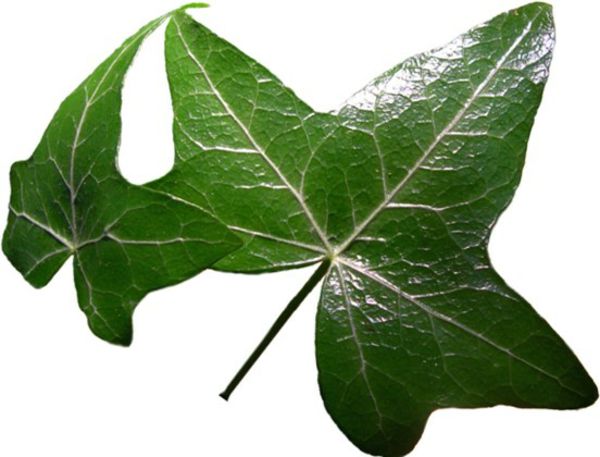
Ivy has to cling to something to support itself as it grows. This reminds a person that we need to cling to god for support in our lives. Ivy has long been used in Christmas wreaths and other decorations, though since the mid-twentieth century it seems to have increasingly fallen from fashion in favour of holly and mistletoe.
Laurel
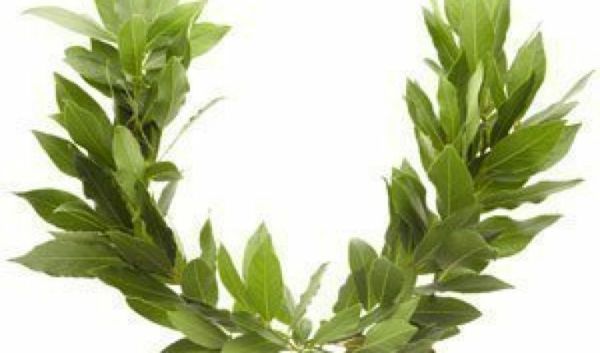
Laurel has been worn as a wreath on the head to symbolise success and victory for thousands of years. It symbolises the victory of God over the devil.
Candy cane

A candy cane is a cane-shaped stick candy associated with Christmastide and St Nicholas Day. It is traditionally white with red stripes and flavoured with peppermint, but can be also of other flavours and colours. According to folklore, in 1670, in Cologne, Germany, the choirmaster at Cologne Cathedral, who wished to keep the children quiet during the service on Christmas Eve, asked a local candy maker for some “sugar sticks” for them. To justify the practice of giving candy to children during worship service, he asked the candy maker to add a crook to the top of each stick, which would help children remember the shepherds who visited the infant Jesus.
Poinsettia
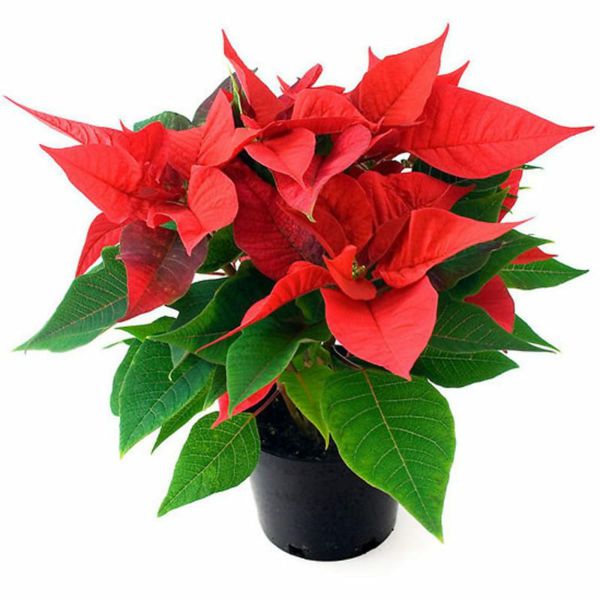
The Poinsettia was made widely known because of a man called Joel Roberts Poinsett, the first ambassador. There is an old Mexican legend about how poinsettias and Christmas come together. There was once a poor Mexican girl called Pepita, who had no present to give the baby Jesus at the Christmas Eve service. Her cousin Pedro cheered her up saying that even the smallest gift will make Jesus happy. So she picked a handful of weeds from the roadside and made them into a small bouquet. She went to the chapel and put the bouquet at the bottom of the nativity scene. The bouquet of weeds burst into bright red flowers. The shape of the poinsettia flowers and leaves are sometimes thought as a symbol of the Star of Bethlehem which led the three wise men to Jesus.
Tinsel
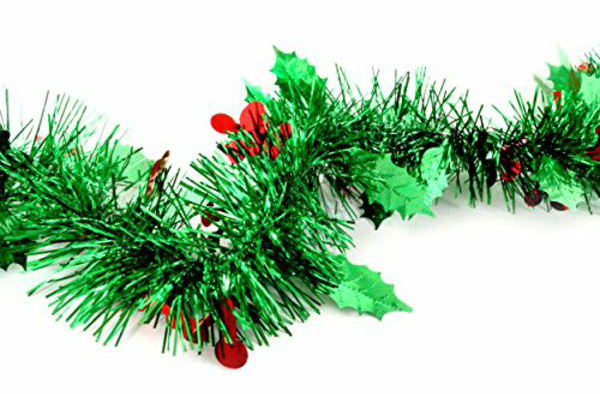
Tinsel is a type of decorative material that mimics the effect of ice, consisting of thin strips of sparkling material attached to a thread. It was originally a metallic garland for Christmas decoration. The modern production of tinsel typically involves plastic and is used particularly to decorate Christmas trees. It may be hung from ceilings or wrapped around statues, lampposts, and so on. Modern tinsel was invented in Nuremberg, Germany in Germany, in 1610, and was originally made of shredded silver.It was added to Christmas to enhance the flickering of the candles on the tree. Tinsel was used to represent the starry sky over a Nativity scene.
-Michael patrao



